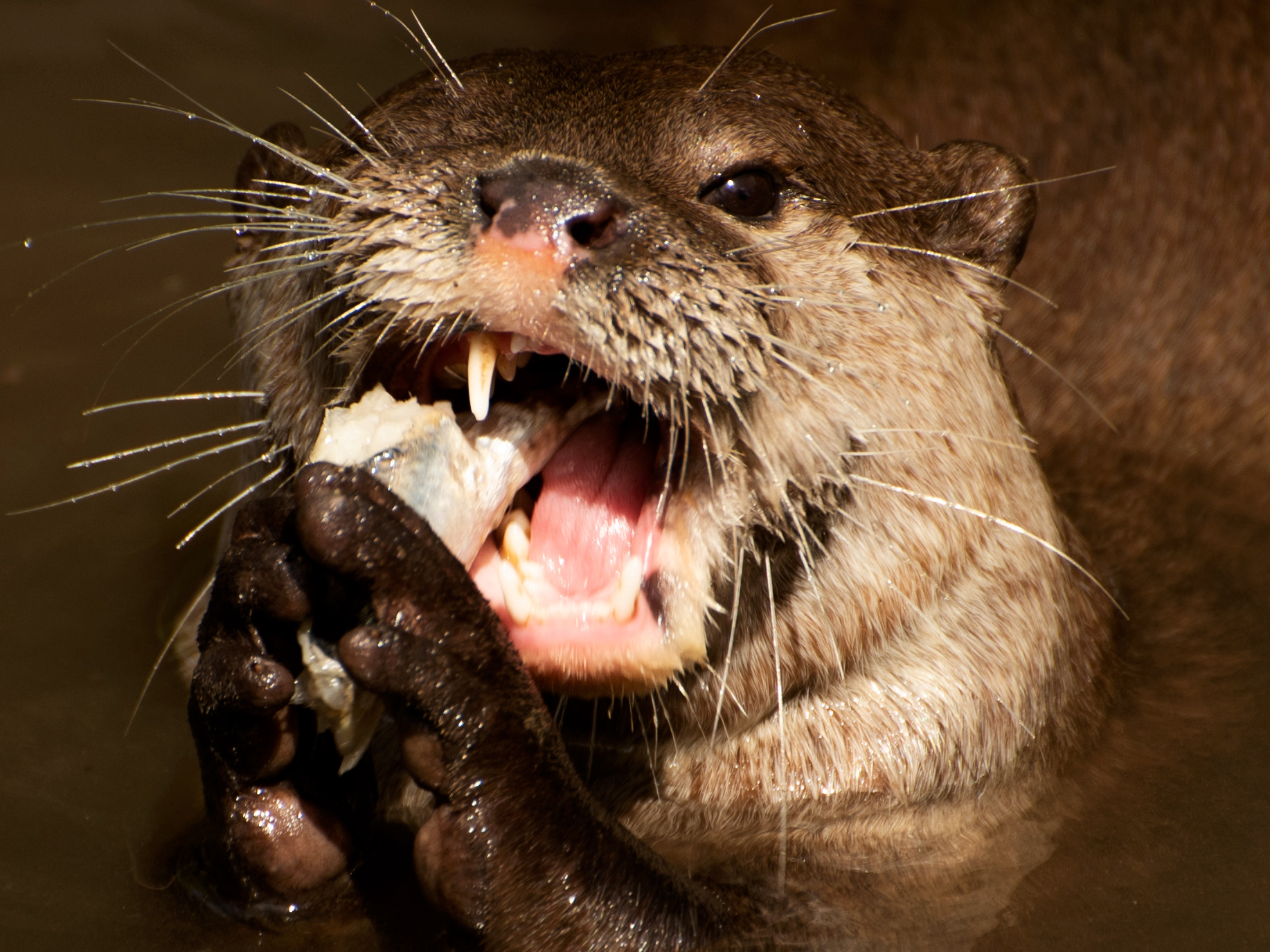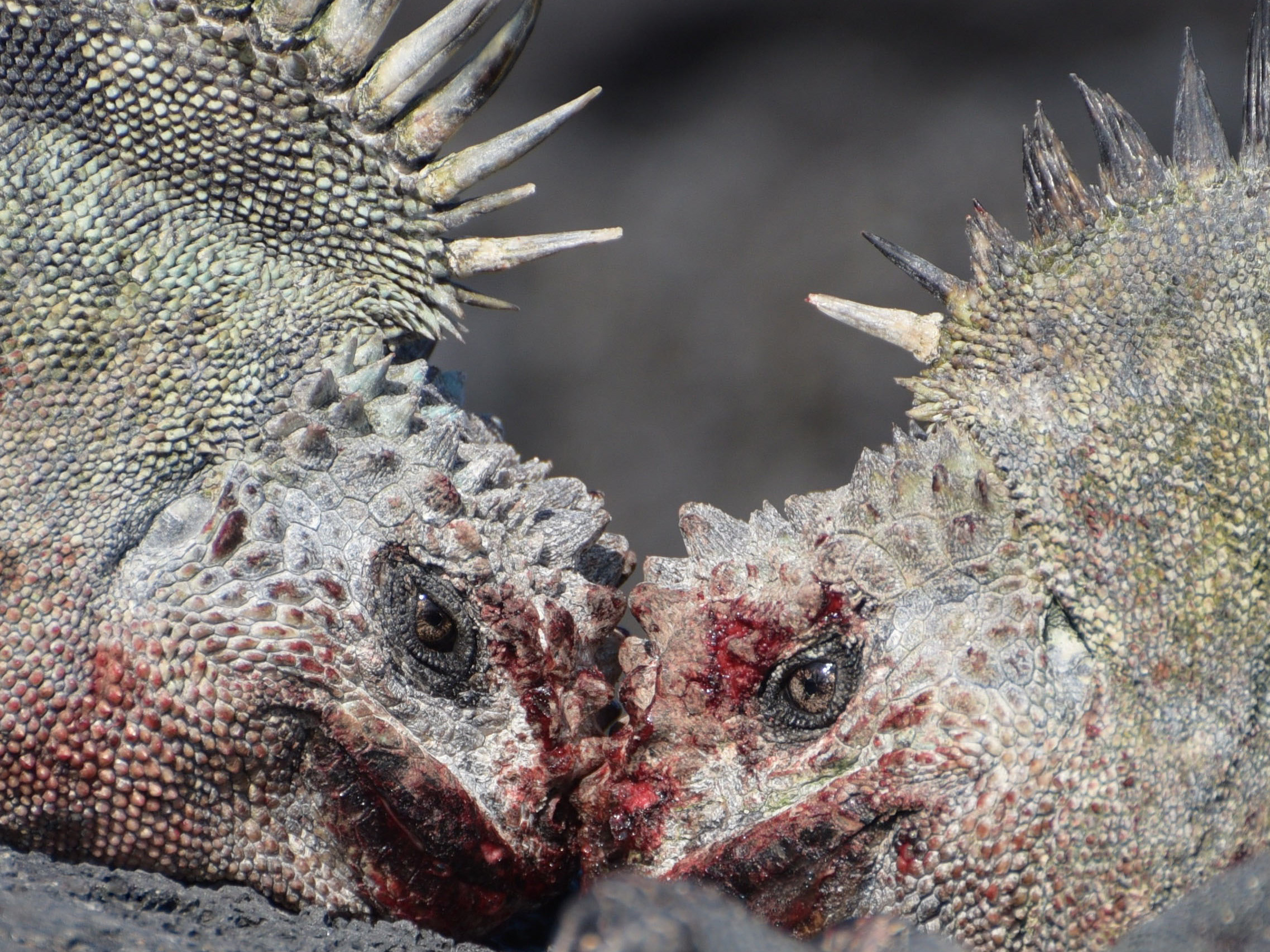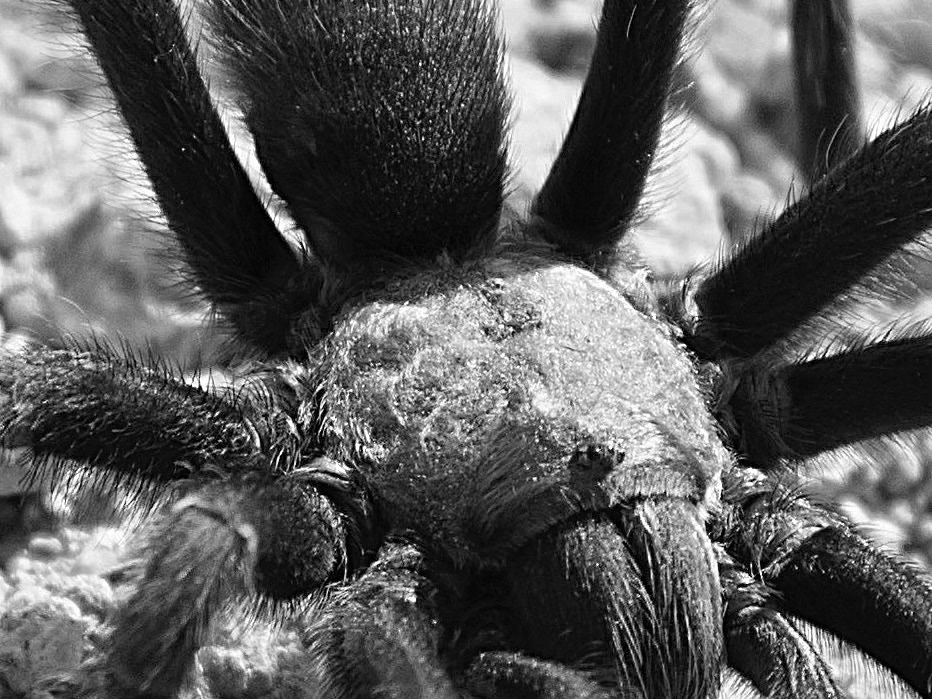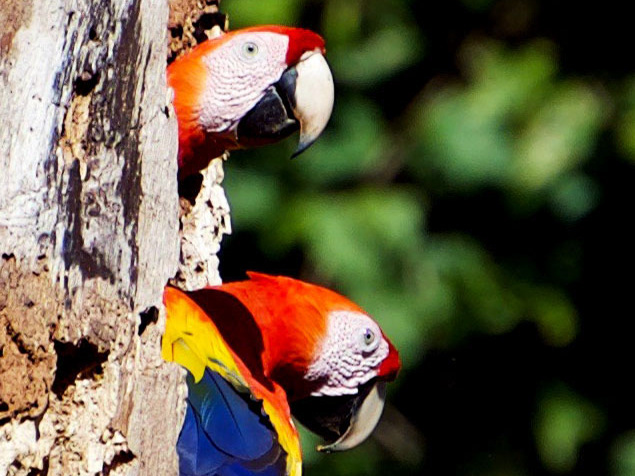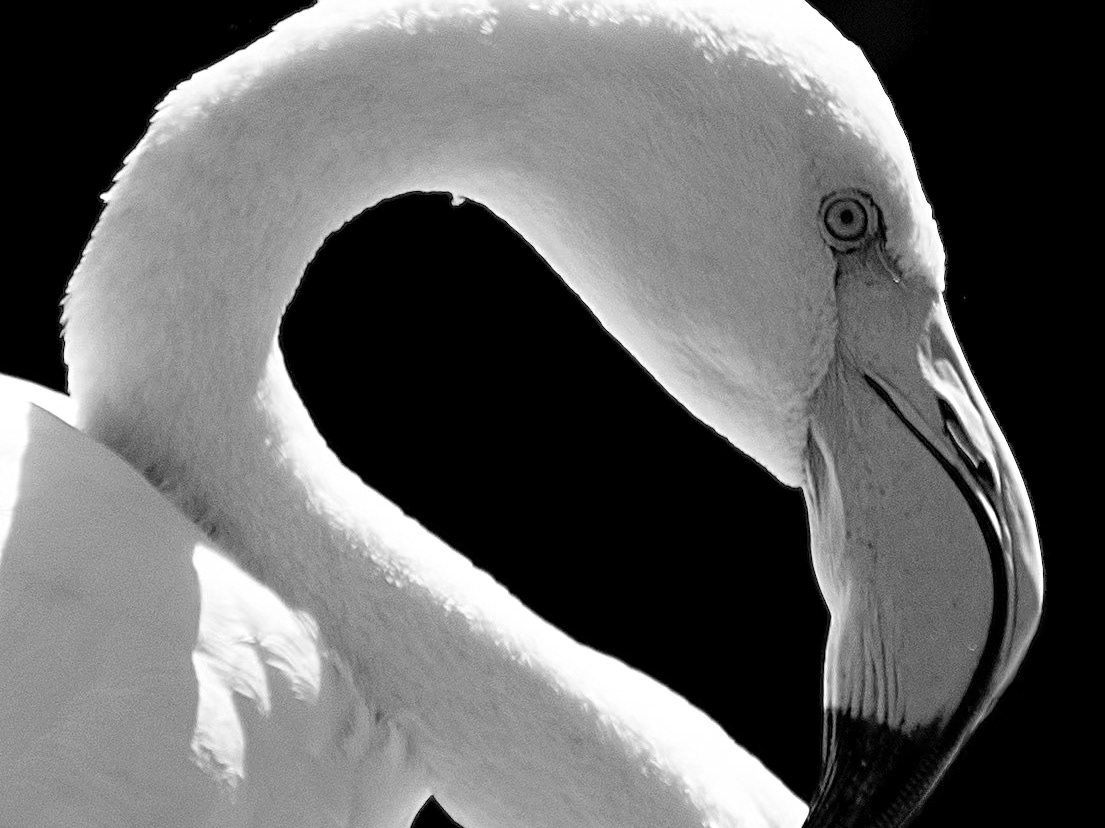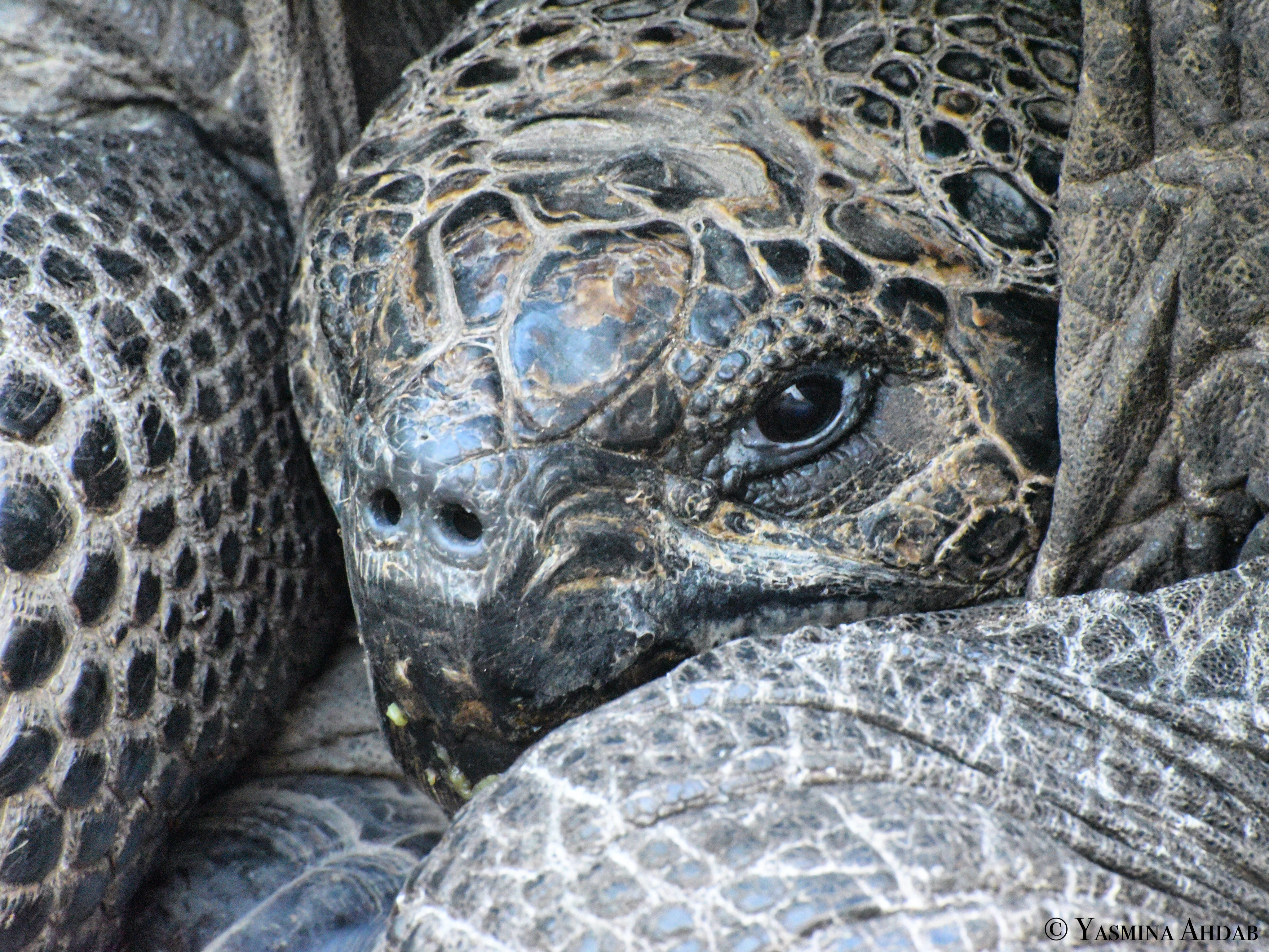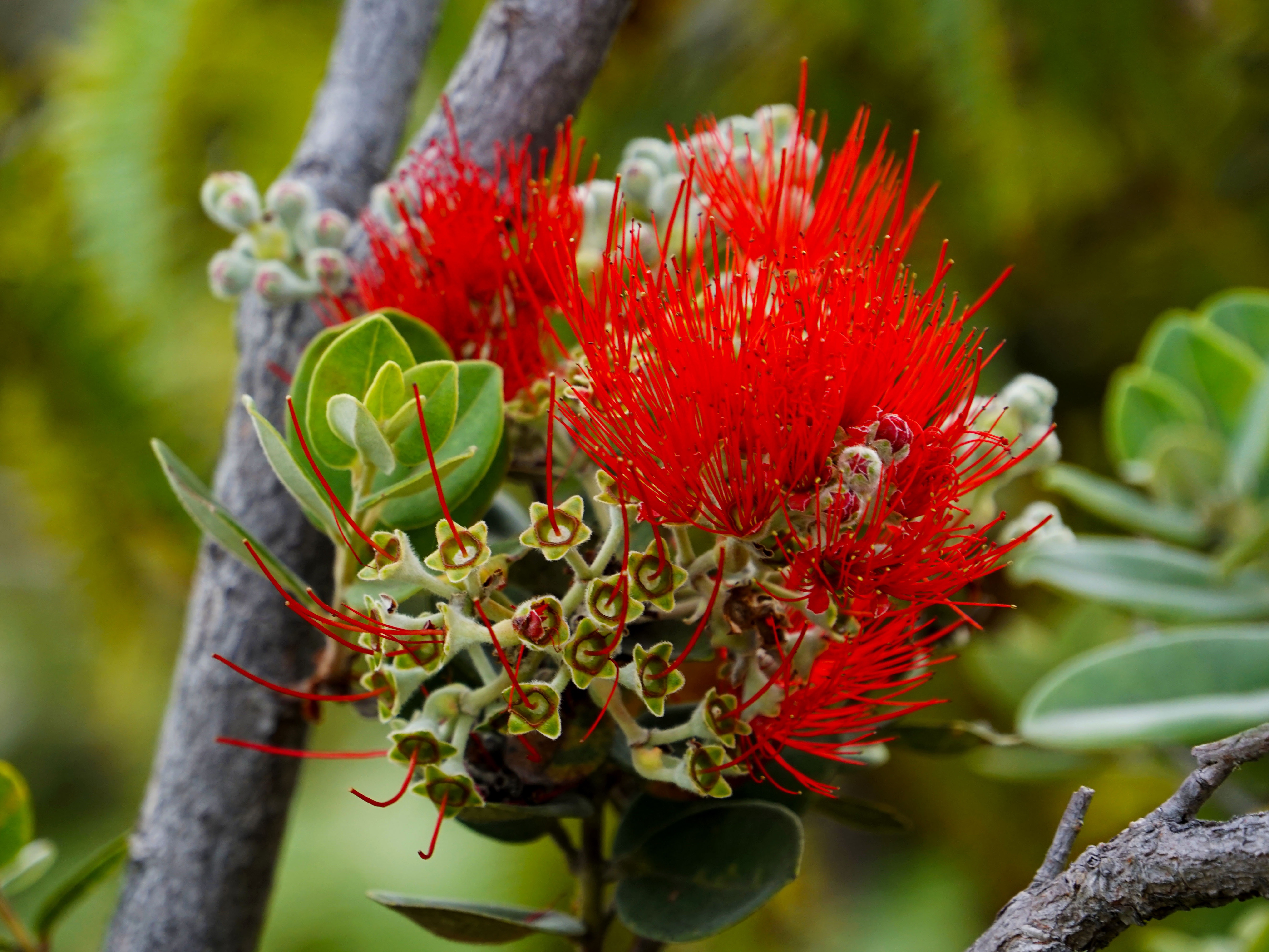Common Name: rhesus macaque
Scientific Name: Macaca mulatta
Animal Facts
Rhesus macaques (Macaca mulatta) have the greatest geographic range of all non-human primates. They are found across Central, South, and Southeast Asia, inhabiting a wide variety of elevations and habitats, including arid regions, grasslands, forested areas, and even in human communities. Their diet is as diverse as their geographical range and includes fruits, seeds, buds, roots, and invertebrates. These old world monkeys use specialized cheek pouches to temporarily store their food. They also collect in matriarchal troops of up to 200 individuals. Troop members are quite sexually active and females typically have one baby each year, who will be reared by the mother in the troop’s complex social system. Since only males fluctuate between troops, male and female macaques developed separate social hierarchies. A male acquires dominance with age and experience, while a female’s social status is dependent on her mother’s rank. Interestingly, younger females often hold a higher social status than their older sisters as they are more fertile and fit. Rhesus macaques use facial expressions to assert dominance, to mitigate or redirect aggression, and to aggress others. The “silent bared teeth” expression is used most frequently and is exchanged between individuals of varying social ranks. The lower-ranking individuals use this expression to show submission to their superiors. Psychological studies reveal that rhesus macaques have intricate cognitive abilities and are able to comprehend simple rules, assess their own mental states, and make same-different judgements. Some of their behaviors also exhibit a form of self-agency (self-generated behaviors stemming from self-awareness). Countless studies expose that these monkeys recognize themselves when looking in a mirror. They not only groomed themselves, but also flexed their muscles! Most astonishingly, an unconscious rhesus macaque in Kanpur, India was revived by another rhesus macaque who performed a sequence of resuscitative actions.
Interaction with Humans
These phenomenal creatures share an important history with humans and have greatly helped in the advancement of our scientific and medical research. Not only did they visit space before us, but the antigens in their blood led doctors to discover the various human blood types! Rhesus macaques also coexist with many human communities in India, where they are regarded as sacred by Hindus and are often left undisturbed. However, these monkeys may be a nuisance and may pickpocket and steal food from people. Thus, in some countries, such as Vietnam, they are persecuted and hunted. Although these macaques are not at risk of extinction, they do face a fair share of threats. These include habitat loss and destruction, the introduction of non-native monkeys into their forests, over-hunting, and being trapped for the pet trade.
Sources
• Bercovitch, F. (1997). Reproductive strategies of rhesus macaques. Primates, 38(3), 247–263. https://doi.org/10.1007/BF02381613
• Blanchard, T.C., Wolfe, L.S., Vlaev, I., Winston, J.S., & Hayden, B.Y. (2014). Biases in preferences for sequences of outcomes in monkeys. Cognition, 130(3), 289–299. https://doi.org/10.1016/j.cognition.2013.11.012
• Burrows, A.M., Waller, B.M., & Parr, L.A. (2009). Facial musculature in the rhesus macaque (Macaca mulatta): evolutionary and functional contexts with comparisons to chimpanzees and humans. Journal of Anatomy, 215(3), 320–334. https://doi.org/10.1111/j.1469-7580.2009.01113.x
• Couchman, J.J., Coutinho, M.V.C., Beran, M.J., & Smith, J.D. (2010). Beyond stimulus cues and reinforcement signals: A new approach to animal metacognition. Journal of Comparative Psychology, 124(4), 356–368. https://doi.org/10.1037/a0020129
• Couchman, J.J. (2011). Self-agency in rhesus monkeys. Biology Letters, 8(1), 39–41. https://doi.org/10.1098/rsbl.2011.0536
• Lindburg, D.G. (1971). The rhesus monkeys in north India: an ecological and behavioural study. New York: Academic Press, 83–104. Retrieved from https://doi.org/10.1016/B978-0-12-534002-1.50007-9
• Maestripieri, D. (1999). Primate social organization, gestural repertoire size, and communication dynamics: a comparative study of macaques. Santa Fe, New Mexico: School American Research Press, 55–77.
• Mitruka, B.M. (1976). Animals for medical research: models for the study of human disease. New York: Wiley & Sons, 1–21.
• Rajala, A.Z., Reininger, K.R., Lancaster, K.M., & Populin, L.C. (2010). Rhesus monkeys (Macaca mulatta) do recognize themselves themselves in the mirror: implications for the evolution of self-recognition. https://doi.org/10.1371/journal.pone.0012865
• Rhesus Monkey | National Geographic. Retrieved from https://www.nationalgeographic.com/animals/mammals/facts/rhesus-macaque
• Singh, M., Kumar, A. & Kumara, H.N. (2020). Macaca mulatta. The IUCN Red List of Threatened Species, 2020. https://dx.doi.org/10.2305/IUCN.UK.2020-2.RLTS.T12554A17950825.en
• Southwick, C., Beg, M., & Siddiqi, R. (1965). Rhesus monkeys in North India. San Francisco, California: Holt, Rinehart and Winston.
• Teas, J., Richie, T., Taylor, H., & Southwick, C. (1980). Population patterns and behavioral ecology of rhesus monkeys (Macaca mulatta) in Nepal. San Francisco, California: Van Nostrand Reinhold Company.
• Waal, F. (1993). Codevelopment of dominance relations and affiliative bonds in rhesus monkeys. Oxford, UK: Oxford University Press.
• Waxman, O.B. (December 22, 2014). Hero monkey revives simian pal electrocuted in India. Time. Retrieved from https://time.com/3643900/monkey-electrocution-india/


